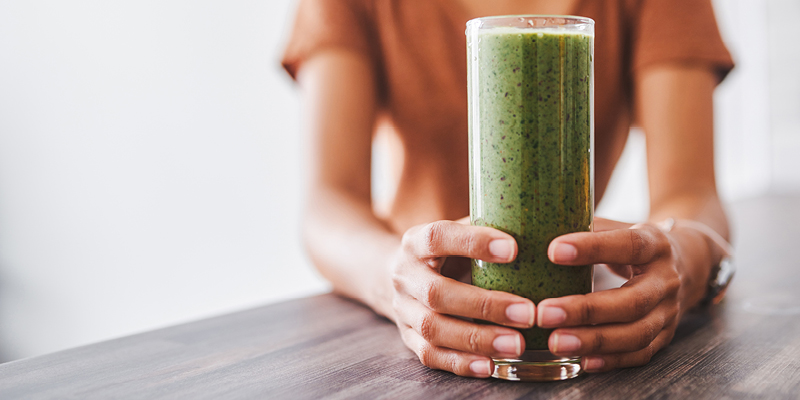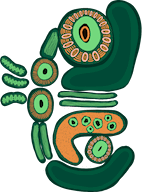
The Hidden Places You Wouldn’t Expect To Find Sugar
We’re all familiar with the look and taste of processed sugar. The granules we add to our tea and coffee and the immediate sweet taste from cakes and biscuits make it easy to recognise it as containing sugar. But sugar can come in many forms and it’s not always easy to detect its presence or how much we’re eating.
Aren’t sugars the same?
Yes, to a point. Though sugars can come in a ‘natural’ form as in fruit, vegetables and milk it is the added, refined sugars that are often added to the foods we eat, leading to us unknowingly consuming more sugar than we should be. This can cause dental decay and when eaten in excess, lead to obesity and other health issues.
Foods which contain naturally occurring sugar such as fruit, vegetables and dairy foods, include other important nutrients and fibre so it’s important to keep these within your diet. The small amounts of sugar they contain are outweighed by the benefits.
It’s easy to overdo it with sweet foods and drinks because there’s often not the bulk of roughage to send a signal to our brain that we’re full and it’s time to stop. Foods you wouldn’t think to check for sugar can often be some of the biggest culprits of hidden sugar. Sauces such as tomato, barbeque, stir fry and pasta sauces often have added sugar. These hidden sugars often go un-checked when it comes to foods considered more savoury but are no less damaging to our teeth. Some breakfast cereals can contain 6 or more teaspoons of sugar and snacks such as muesli bars that are often considered healthy options can contain quite a bit of sugar. Even the mixers we combine with a relaxing beverage can be deceivingly high in sugar.
Foods high in sugar and added sugar generally don’t serve any nutritious purpose. We anticipate the pleasure we’ll get as they’re eaten, have a momentary sense of delight as they’re in our mouth but that’s it as far as their usefulness goes.
Where’s the sugar?
Sugar is one of the most common ingredients in processed foods. There are many reasons why, but it’s generally lower in cost to produce and consumers are drawn to buying food and drinks which taste good and make them feel better.
Sugar, along with fat and salt are considered the magical trinity of tastes and when combined in food, they trigger reward centres in our brain. Sugar especially, can become addictive when it’s eaten in excess and not in a healthy combination with other, more nutritious foods.
Five tips about added or hidden sugar
- ‘No added sugar’ does not mean a food or drink is sugar free. Fruit juices are a good example of no extra sugar being added, but the contents still being high in sugar.
- ‘Added sugar’ refers to foods and drinks that have sugar added during processing, cooking and just before eating and drinking. Common forms of added sugars are brown sugar, maple syrup, rice malt syrup and sucrose (sugar).
- Hidden sugars are often disguised behind confusing names. Fructose, corn syrup, syrup, saccharose, glucose and dextrose are all commonly used terms which mean the same thing – sugar.
- The closer to the top of an ingredient list, the higher its concentration. Foods which note sugar as a first or second ingredient are best avoided.
- Sugars are commonly listed under carbohydrates on an ingredient list. If a word ends in ‘ose’ that means it’s a form of sugar e.g. sucrose, glucose, fructose.
How can I reduce my sugar intake?
- Read labels of processed foods. If something already comes in a box or plastic bag from the supermarket, it’s likely to have been processed. Learn what’s in the food you’re eating and how much sugar is included.
- Consider serving sizes and the amount of sugar you’re eating. The Australian Dental Association and World Health Organisation recommend that you aim for 10 grams or less of sugar per 100 grams and limit your sugar intake to 6 or less teaspoons per day – around 24 grams or less of added sugar.
- Know the times you often crave something sweet and plan for healthy snacks. Fruit, dates, dried fruit, natural yoghurt with fruit added, nuts, cheese/crackers are all reasonable alternatives.
Remember
Sugar is a part of life for all of us and like many things, is fine in moderation. Avoid setting yourself unrealistic goals of not eating any sugar and think about when you’re eating it. Look for balance and give yourself permission to enjoy the occasional treat.
Regular dental visits will help to ensure that any changes in your mouth or early decay can be detected sooner rather than later. Speak with your dentist about the changes you can make towards cutting back on your sugar intake.
Remember to brush, floss and repeat, at least twice a day, every day.
Seeing your dentist regularly can make a huge difference.
Book an appointment today to find out how.
